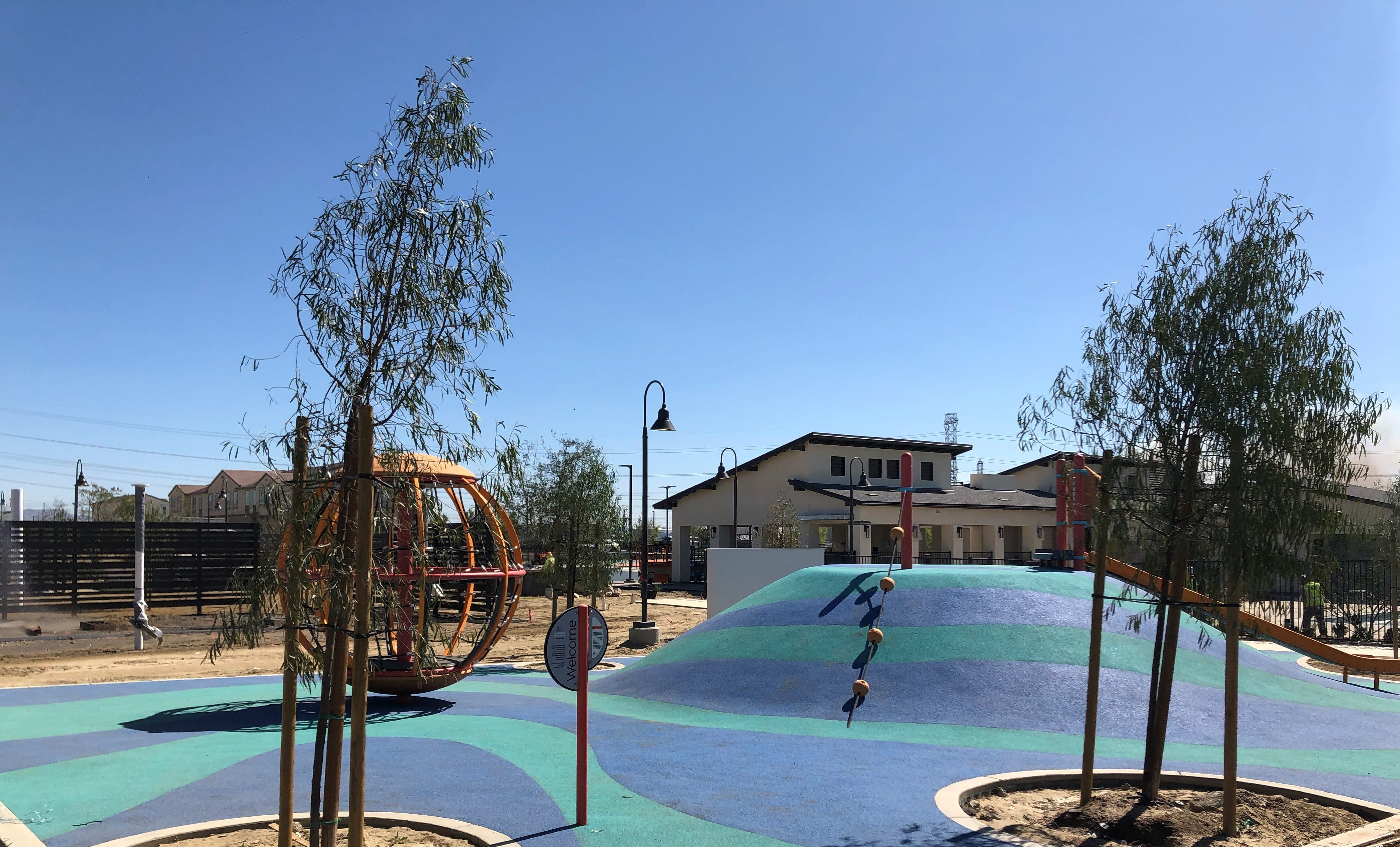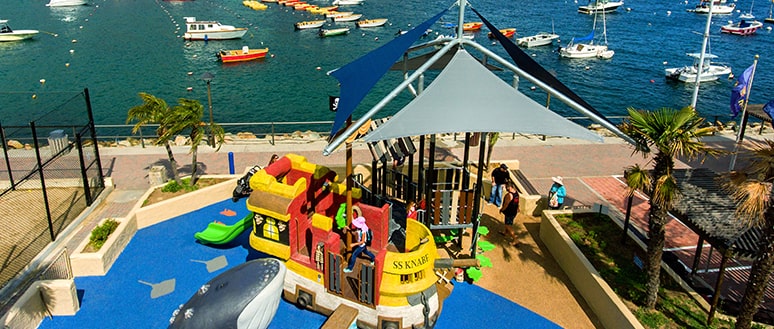The evolution of playground design has transformed how people experience play spaces. No longer are they simply an area for recreation. Playgrounds have transformed into visually striking, artistic spaces that offer spectacular colors, textures, shapes and structures. Designers should take note of some leading trends that are showing up in playgrounds across the United States.
Custom Metal
An increasing number of architects are leveraging the benefits of metal on playgrounds. As a result, playground designs now exist as custom metal masterpieces! Not only is it sustainable and eco-friendly, metal offers endless design options. By working with metal, designers can create remarkable architectural structures that incorporate towers, nets, slides and other playful elements into one-of-a-kind play experiences. The durable nature of metal allows designers to create different shapes, functions and textures in their play spaces. Because of the modern appearance of metal, many metal playgrounds also serve as public art in their community. Local designers use playgrounds as an opportunity to tell a story, honor a community’s heritage or create a destination space for families. From multi-story towers and cascading slides to geometric patterns and architecturally-inspired angles, metal playgrounds are proof that play spaces don’t exist just for recreation; they are works of art.

Surface Mounds
Playful landscapes are an emerging trend in playground design. The inclusion of mounds in playground surfacing is one way designers are diversifying play spaces. Mounds are small hills, usually constructed of plastic or resin, that are added into an existing play area and then covered with a surface material, such as poured-in-place rubber or synthetic turf. Mounds create a visually interesting topography for a playground, and they also mimic the look and feel of a natural hilly environment. The rolling effect of mounds offers a striking curb appeal and serves as a playful canvas to which playground designers can add interactive equipment. Ropes, trampoline pads and nets can be integrated into the mound designs to create an adventurous experience for children. The mounds can be solid, or have a tunnel added under them, encouraging children to take risks and explore. Because the mounds are covered with playground surfacing, there is ample opportunity to create artistic designs in the surface by experimenting with different color combinations, textures and themes.

Themed Playgrounds
While not a new design trend, themed playgrounds continue to revolutionize how playgrounds look — and how visitors experience them. Sky’s the limit when it comes to all the spectacular visual elements that can exist on a themed playground! Whether lightly or fully themed, a playground’s design can spark imaginations in children and adults alike. Themes might include aquatic, nature or zoo-inspired designs. Climbing structures can be designed to look and feel like actual boulders or trees, and interactive elements like animals, cars and boats can rise above the ground with a striking resemblance to their real-life counterparts. Details such as the texture of a leaf, the features on a bird or the vivid blue of the ocean can be captured through themed designs. These environments provide children with sensory-rich play spaces that foster a sense of adventure and excitement. Through themed playgrounds, designers can tell a visual story. They can give a nod to a community’s heritage or culture. In doing so, they create authentic, educational experiences for children and families.

From custom metal structures and themed elements to playful surface mounds, playgrounds today look very different from years ago. They present eye-catching elements that capture the attention of people of all ages by bringing art and architecture to the forefront of community recreation.
Feeling inspired? We’d love to discuss ways you can incorporate some of these trends in your next playground project. Please contact CR Studio Design to learn more.
